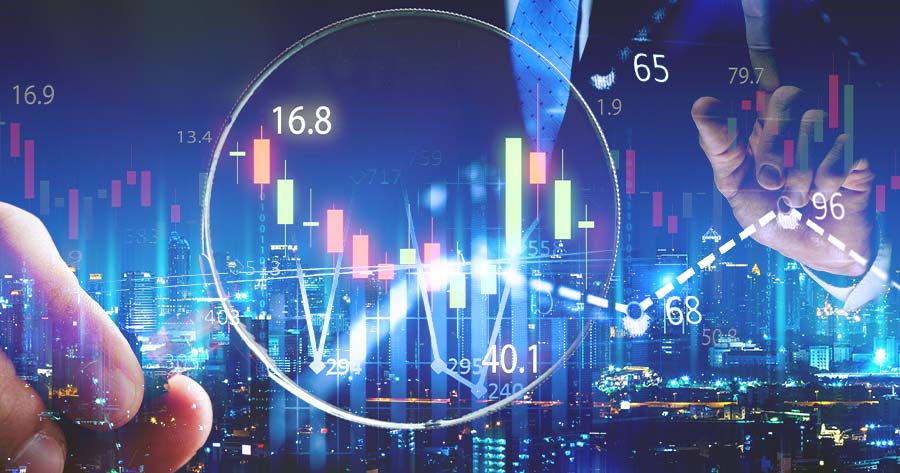As the global economy is trying to recover from the Covid-19 pandemic that comes in waves, the world is shook yet again by fears of recession after a series of interest rate hikes by central banks to combat rising inflation.
High inflation in 2022 is particularly caused by rising energy costs with a snapback pent-up demand from last year that operations of some energy producers were suspended in 2020-21 due to the Covid-19 outbreak that led to fewer suppliers in the market.
Global markets faced an increase in shipping price, while industries in all other sectors outside of energy experienced a similar impact as the freight benchmark Baltic Dry Index, though climbing around 1,700 marks, rose to its year high at 3,344 points in May.
Meanwhile, the war outbreak between Russia and Ukraine caused global supplies to fluctuate. Oil prices started to increase overtime as Russia, as a major producer, is at war. Sanctions from western countries on the Kremlin sent electric bills to a record high, especially in Europe after Russia retaliated by cutting gas supplies, and Washington chimed in to offer gas at a higher price.
The United States of America has been one of the countries that has been struggling with high inflation, especially fuel price, in 2022 with consumer price hitting 40-year high.
Wall Street’s S&P 500 was down around 20% in 2022, while Nasdaq Composite plunged over 30% and Dow Jones Industrial Average was around 10%.
Most of the top investment firms believed that next year would be another battered year even though some firms estimated S&P 500 as high as 4,500 points.
Morgan Stanley, UBS and Citi all expect S&P 500 to reach 3,900 next year with EPS of $195, $198 and $215, respectively.
USB wrote in a note saying that with UBS economists forecasting a US recession for Q2-Q4 2023, the setup for 2023 is essentially a race between easing inflation and financial conditions versus the coming hit to growth+earnings. History shows that growth and earnings continue to deteriorate into market troughs before financial conditions ease materially.
Goldman Sachs set a target for S&P 500 at 4,000 in 2023, saying that the performance of US stocks in 2022 was all about a painful valuation de-rating, but the equity story for 2023 will be about the lack of EPS growth. Zero earnings growth will match zero appreciation in the S&P 500.
JPMorgan expected market volatility to remain elevated with another round of declines in equities. Moreover, the firm expected the S & P 500 in 1H23 to re-test 2022 lows as the Fed overtightens into weaker fundamentals. The selloff, including other factors, should be enough for the Fed to start signalling a pivot, which would recover the market and push the S & P 500 to 4,200 by year’s end.
Deutsche Bank expected the S&P 500 to go as high as 4,500 in 2023, expecting the market to recover fairly quickly from recession as the target level should be achieved in the first half of 2023, then down by more than 25% in Q3, and back to 4,500 by year end 2023.“
Target range is quite wide for 2023 as analysts and economists had different views on the duration that Wall Street needed to recover from recession.
According to data from a Reuters poll, the median target of S&P 500 for mid-2023 is 4,100 and end-2023 is 4,200.





